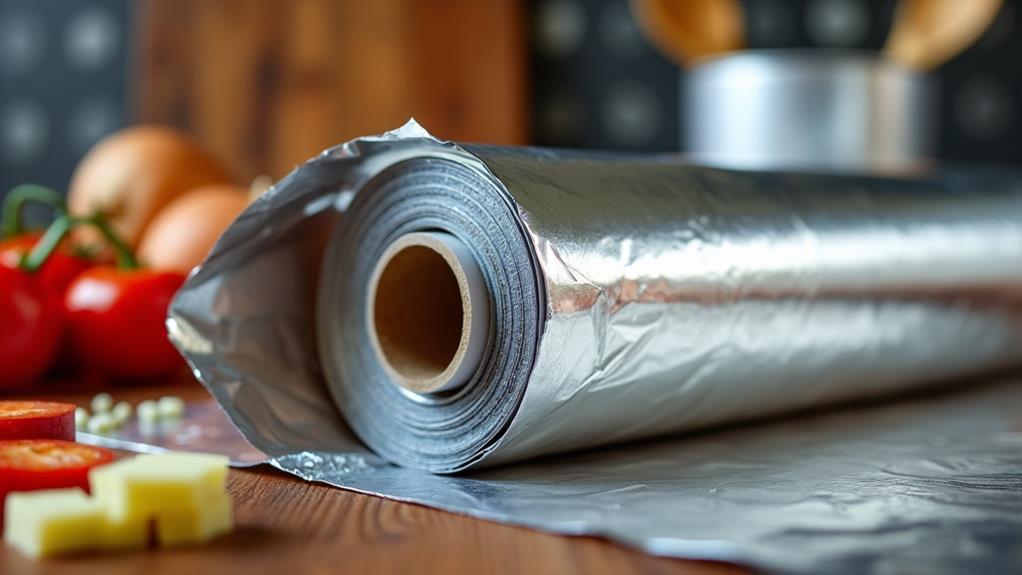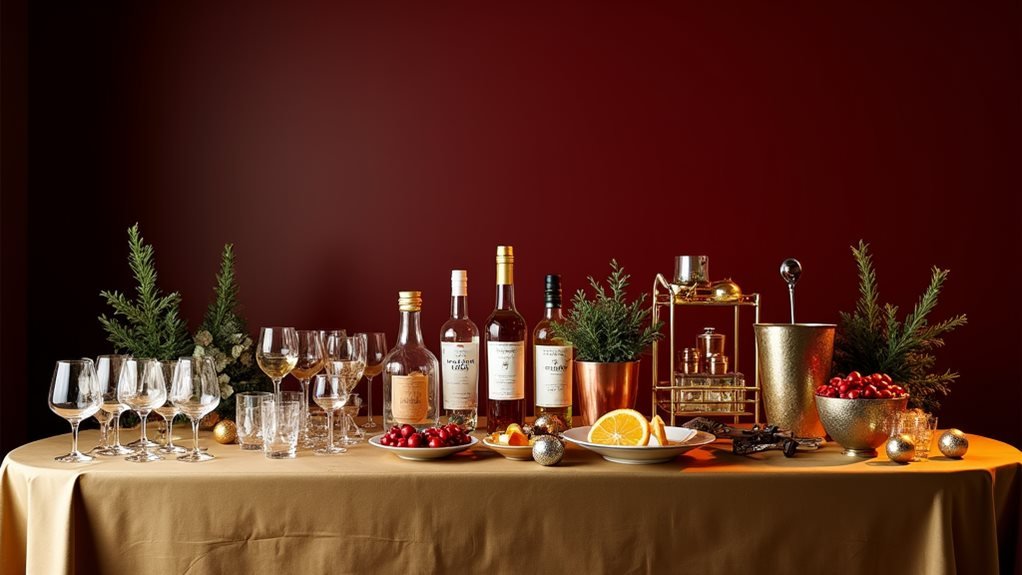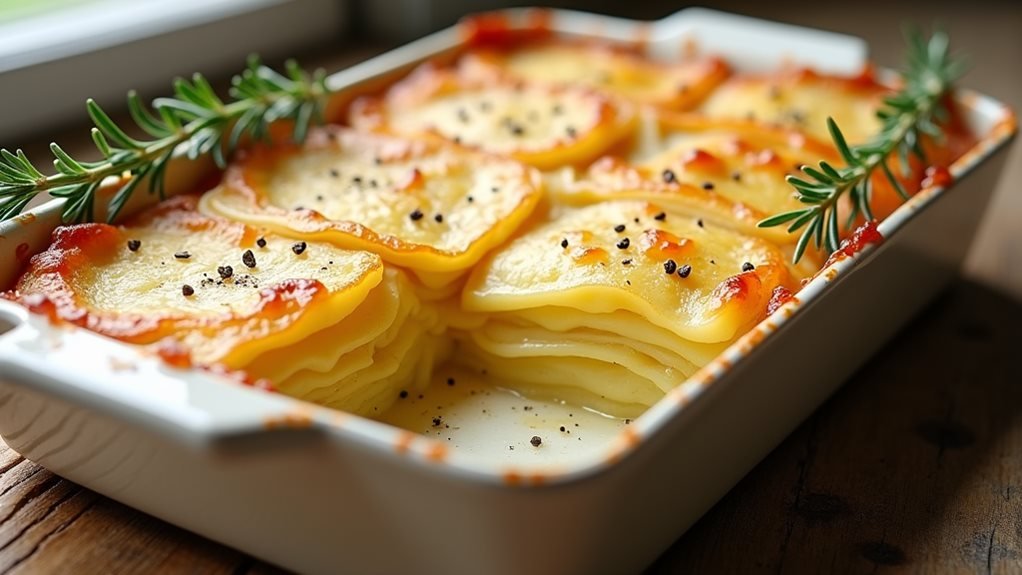When using aluminum foil, it's common to wonder which side to use. The truth is, both the shiny and dull sides reflect heat similarly, so there's no functional difference. The shiny side results from the manufacturing process, while the dull side occurs when layers rub against each other. If you're using nonstick foil, however, it's essential to place the designated side against your food to prevent sticking. In general, focus more on how you apply the foil rather than which side is facing up. There's a lot more to understand about optimizing your cooking results, so consider exploring further insights.
Understanding Aluminum Foil's Sides
When it comes to aluminum foil, many home cooks wonder which side to use—the shiny side or the dull side. It's important to note that both sides function the same when it comes to reflecting heat. The shiny surface is a result of the foil being pressed against rollers during production, while the dull surface forms when two layers rub together. Similar to how culinary expert Alice Waters emphasizes the importance of using fresh, organic produce, choosing between the shiny and dull sides of aluminum foil is less significant than the quality of the ingredients you use. In your cooking adventures, you won't compromise your dish's flavor by selecting one side over the other.
You might have heard celebrity chef Gordon Ramsay suggest that the shiny side should face outward for improved heat retention. However, this notion is a common myth. Both sides of standard aluminum foil perform equally well, so there's no need to worry about which side will produce better outcomes.
The only exception is nonstick aluminum foil, which has a specific side coated to prevent food from sticking. In this case, ensure that the nonstick surface comes into contact with your food. In the end, when using standard aluminum foil, feel free to choose either side and enjoy the freedom of cooking without unnecessary stress.
Common Misconceptions Explained
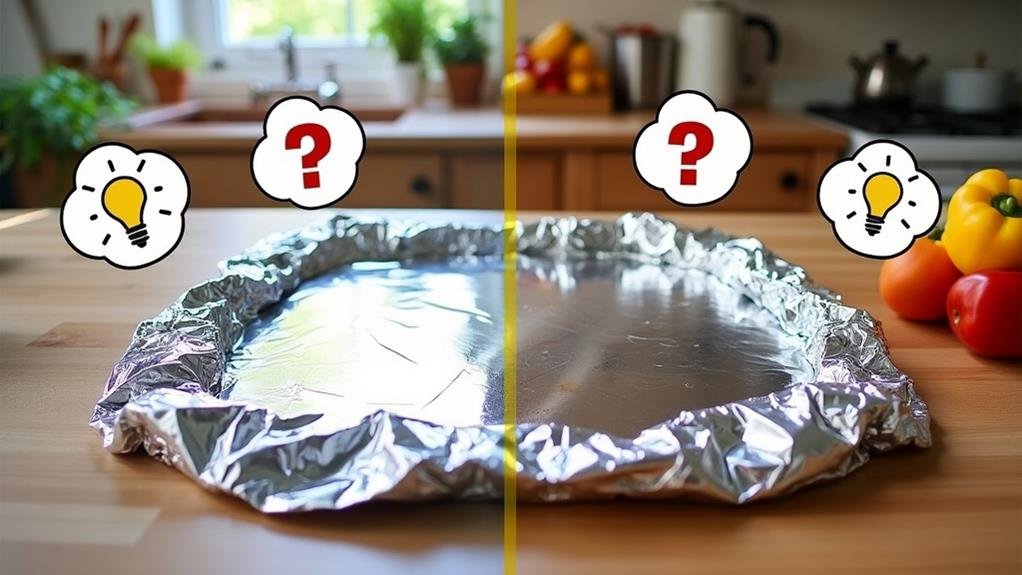
Many home cooks cling to misconceptions about aluminum foil, especially regarding its reflective surfaces. A widespread belief is that the shiny surface offers superior heat insulation compared to the matte surface. However, both surfaces reflect heat equally, so the choice between them is inconsequential. This myth may arise from statements made by celebrity chefs, such as Gordon Ramsay, who have suggested otherwise. Their comments contradict the aluminum foil manufacturing process, where the shiny surface results from being pressed by rollers. Interestingly, similar to how cookware like HexClad's innovative design employs specific materials for better performance, aluminum foil is made for functionality, not appearance.
Another common misunderstanding is that the matte side should face the food when covering dishes. This notion lacks basis, as both sides perform identically. The matte finish occurs because two layers of foil rub together during production, serving no functional purpose.
The Role of Nonstick Foil

Using nonstick aluminum foil can greatly enhance your cooking experience. This specialized foil has a designated side intended for direct food contact, which optimizes its performance. For the best results, always position the nonstick side facing your food. This prevents sticking and simplifies cleanup. Additionally, pairing it with nonstick cookware, such as HexClad pots and pans, can elevate your culinary outcomes.
The significance of this choice cannot be overstated. Nonstick foil minimizes the likelihood of food adhering to its surface and fosters improved browning, creating a beautiful golden finish on your dishes. This is particularly advantageous when roasting vegetables or baking desserts, providing delicious results without the hassle of residue.
While various kitchen tools may offer nonstick features, nonstick foil is distinctive due to its specialized coating, usually found on only one side. Manufacturers typically label the nonstick side to eliminate any confusion. By utilizing the proper side of nonstick foil, you can enrich your cooking endeavors, making meal preparation effortless. So, reach for that nonstick foil and unleash your creativity without the worry of sticking.
Coatings on Kitchen Products
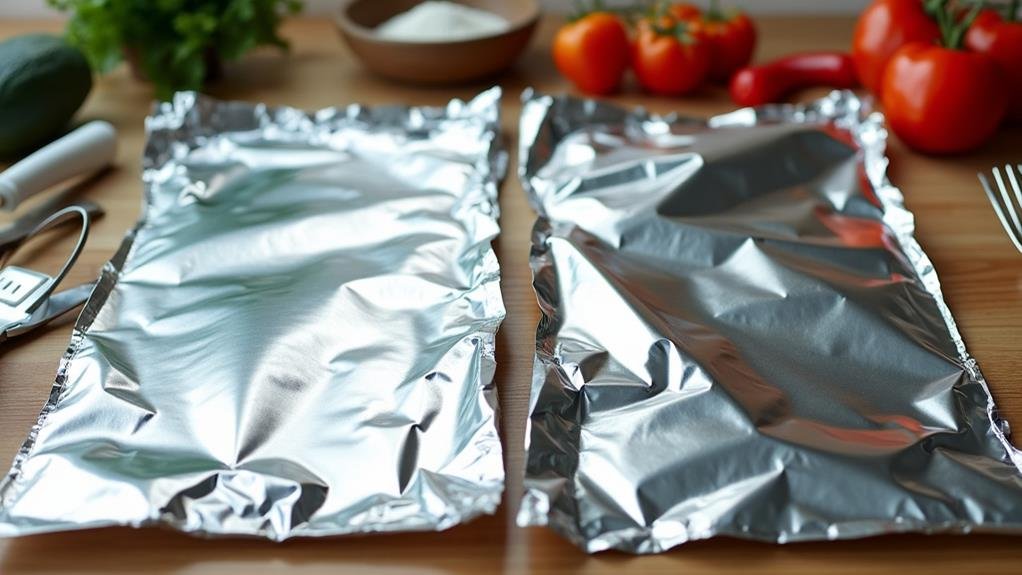
Understanding the coatings on kitchen products enhances your culinary journey. Various kitchen items, such as Reynolds parchment paper and Glad wax paper, have specific coatings that optimize their functionality. For example, Reynolds parchment paper features a nonstick coating on both sides, making it perfect for baking without food adhering. Glad wax paper, however, has a thin wax layer on both sides, offering moisture resistance but is not suitable for oven use. When exploring cooking techniques, like mashing potatoes, it plays a vital role in achieving the right texture, akin to Gordon Ramsay's Red Skin Mashed Potatoes recipe.
While plastic wrap, like Saran Wrap, typically presents no significant differences between sides, certain brands may apply coatings to enhance clinginess. Generally, you don't need to worry about which side touches your food—unless a manufacturer specifies otherwise.
It's crucial to remember that kitchen products vary in quality. Nonstick foil, like Reynolds Wrap, features a specific side with a nonstick coating intended for direct food contact. By familiarizing yourself with these coatings, you equip yourself to select the right product for your culinary endeavors. This knowledge fosters creativity and freedom in the kitchen, allowing you to achieve the best results in every dish you create. So, the next time you use these products, consider their coatings and how they can elevate your cooking experience.
Best Practices for Foil Usage

Maximizing aluminum foil usage enhances your culinary experience. Remember, both sides of standard aluminum foil work similarly, so focus on application rather than orientation. When wrapping food, ensure a tight seal to prevent moisture loss, which can dry out dishes. Using aluminum foil can improve cooking efficiency, similar to how a Vitamix Professional Series 750 Blender simplifies blending tasks. For grilling, opt for heavy-duty foil, as it withstands high temperatures and accommodates heavier food items like meats and vegetables.
Additionally, aluminum foil can serve as a makeshift baking sheet; simply mold it to fit your baking pan. This technique saves time on cleanup while promoting even heat distribution. If using nonstick foil, always position the coated side against the food to maximize its benefits. Finally, remember that foil is reusable. Clean off any residue and it can be repurposed for less messy tasks.
